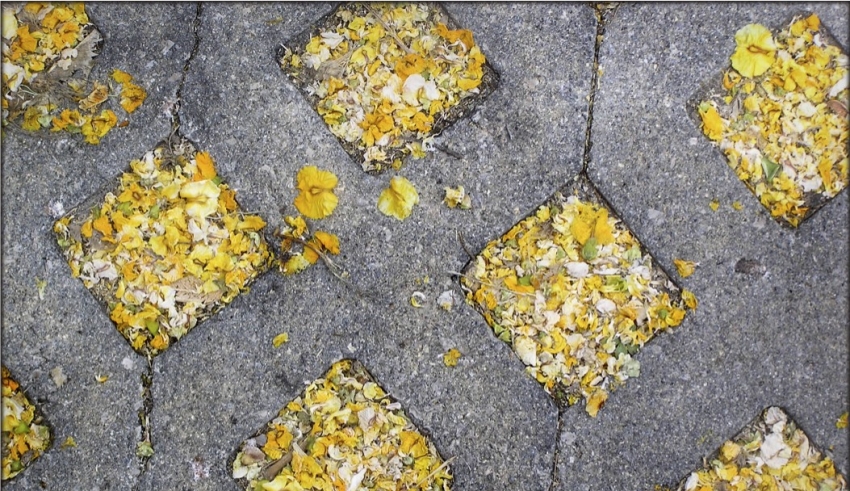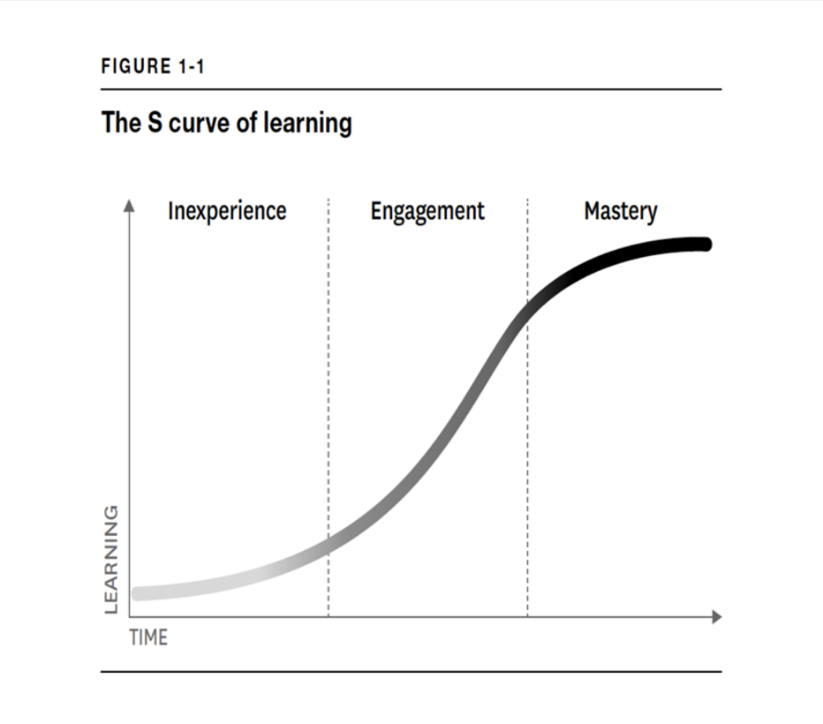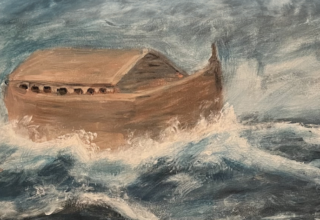
First, we can pause and take a breath. We inhale and as we exhale, we can consider and embrace a new definition of success. In this definition, success might mean making and acting on purposeful choices. It means taking care of ourselves, our teams and our organization while we pursue critical business results. It means proactively building strong and meaningful relationships that will help us weather the onslaught of change and crises that we almost certainly will face in the future.
Centuries ago, the old Painting Masters explored perspective, light, and relationship to bring the subject of their paintings to life. So, too, we can explore three different orientations and what becomes meaningful with each. Specifically, we can look inward, outward and forward to better understand what is possible as a resilient leader.
Looking Inward
Unfortunately, there is no app for resilience; we must develop it. This process starts with self-awareness. Understanding and re-defining how we see leadership and resilience, as well as reflecting on the quality and effectiveness of our resilience, will help us best invest our energies and efforts. Here are some reflective questions you need to ask yourself to be that effective leader:
- How does my resilience show up? How do these behaviors/actions help me not only bounce back, but also be effective and conserve or grow my reserves for the next crisis? Here we must be brutally honest with ourselves and recognize when our resilience practices could be limiting our choices and ability to grow. We can take the opportunity to honestly assess ourselves. Are we being reactive to our triggers, our demons and fears? Or are we making thoughtful choices that build our reserves and allow us to be effective?
- Are the ways I show up as resilient consistent with my “best self”? Is the resilient leader I am now the same person as the resilient leader I aspire to be? Gary Burnison, Korn Ferry CEO, wrote about his daughter, lamenting how so many people asked her, as a high school student, “WHAT do you want to be?” instead of “WHO do you want to be?” Creating clarity on who we want to be, regardless of title, as we lead others, as we influence and navigate a chaotic world can help us align our resilience practices to buttress our best selves.
- Where am I in my learning journey?

- Wandering into the contractor’s section of a home improvement store can be daunting or fun, depending on your perspective. Knowing when and how to use a tool is critical for being effective, yet acquiring this knowledge is a process. Whitney Johnson has illustrated the learning journey in any particular domain as an S-curve (1). It may be that we have mastered resilience in one context, yet in a different context we are inexperienced and find ourselves, again, at the bottom of the curve. Acknowledging where we are on our learning journey can help us determine what we may need to let go of and what we may need to embrace, consistent with the tenets of intentional change theory (2). Are the successful practices of yesterday harmful today? What is an opportunity to grow now, today? As the masterful coach Marshall Goldsmith observed (3), “What got you here won’t get you there.”
Download Article












